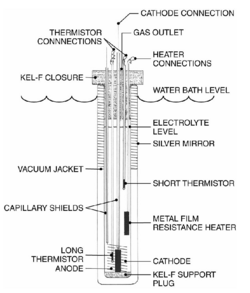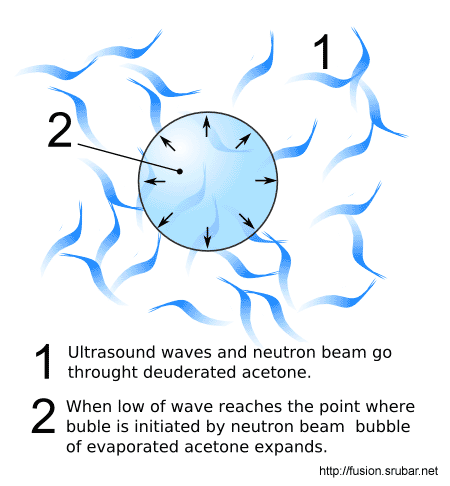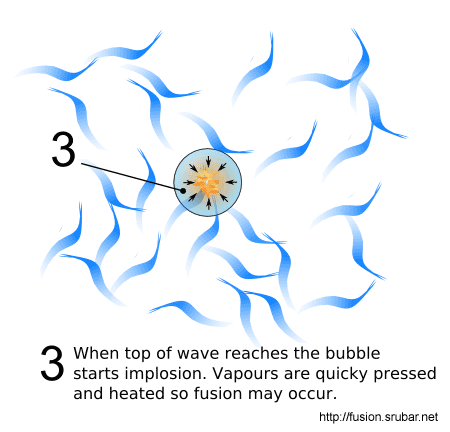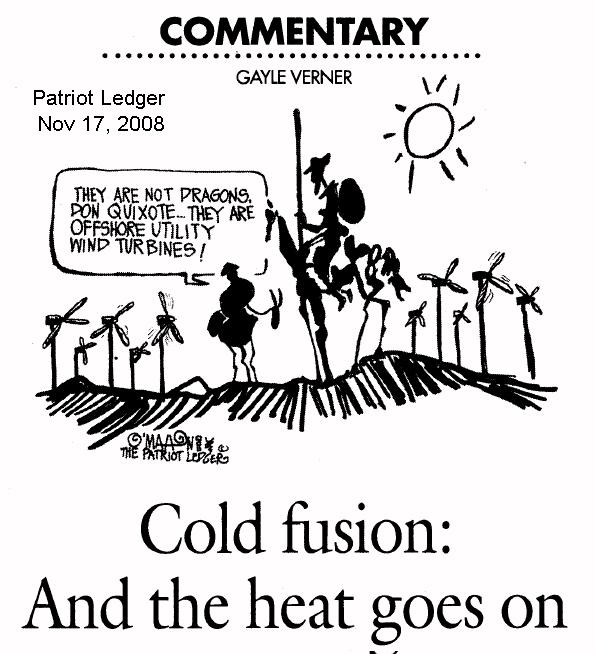.png) The success of these travel excursions will hopefully filter down on perhaps the research and development. Already reaction engines a new company has plans to create a new type of rocket the rock provides the duality of atmospheric air travel as a normal jet engine, as well as the contained components of a rocket engine. The secret to the engine is cooling system as with any craft leaving the atmosphere they need to reach hypersonic speeds. A task quite difficult as any air intake at those speeds reach a temperature 1000 degrees, which is unsuitable for a normal jet engines air supply. Instead a special cooling system and extra plumbing to change a engine from atmospheric breathing to contained oxygen hydrogen mix is required. The engine still is in testing stages for its pre-cooler, but if give an unlimited budget the Skylon plane still wont be ready until ten years time.
The success of these travel excursions will hopefully filter down on perhaps the research and development. Already reaction engines a new company has plans to create a new type of rocket the rock provides the duality of atmospheric air travel as a normal jet engine, as well as the contained components of a rocket engine. The secret to the engine is cooling system as with any craft leaving the atmosphere they need to reach hypersonic speeds. A task quite difficult as any air intake at those speeds reach a temperature 1000 degrees, which is unsuitable for a normal jet engines air supply. Instead a special cooling system and extra plumbing to change a engine from atmospheric breathing to contained oxygen hydrogen mix is required. The engine still is in testing stages for its pre-cooler, but if give an unlimited budget the Skylon plane still wont be ready until ten years time.The possibility of a orbiting engine still gives us hope that progress is continuing, although ten years is a long time to wait for cheap space travel.
White, who just shared his latest ideas at the 100 Year Starship 2012 Public Symposium, says that if you adjust the shape of the ring surrounding the object, from something that looks like a flat halo into something thicker and curvier, you could power Alcubierre’s warp drive with a mass roughly the size of NASA’s Voyager 1 probe.
In other words: reduction in energy requirements from a planet with a mass equivalent to over 300 Earths, down to an object that weighs just under 1,600 pounds.
What’s more, if you oscillate the space warp, White claims you could reduce the energy load even further. Theoretically exotic matter provide some solution, but that would require the faith of recreating the fictional warp engines. Using antimatter and matter as a controlled explosion in a dilithium crystal matrix to possibly make exotic matter. Although it is impossible now
 Dr. White's team is trying to find proof of those loopholes. They have "initiated an interferometer test bed that will try to generate and detect a microscopic instance of a little warp bubble" using an instrument called the White-Juday Warp Field Interferometer.
Dr. White's team is trying to find proof of those loopholes. They have "initiated an interferometer test bed that will try to generate and detect a microscopic instance of a little warp bubble" using an instrument called the White-Juday Warp Field Interferometer.
As well as regressing to star-trek physics, the alternative is nuclear power source to provide substantial electrical power for a plasma drive. The Variable Specific Impulse Magnetoplasma Rocket (VASIMR) is an electro-magnetic thruster for spacecraft propulsion. It uses radio waves to ionize and heat a propellant, and magnetic fields to accelerate the resulting plasma to generate thrust. It is one of several types of spacecraft electric propulsion systems.
The method of heating plasma used in VASIMR was originally developed as a result of research into nuclear fusion. VASIMR is intended to bridge the gap between high-thrust, low-specific impulse propulsion systems and low-thrust, high-specific impulse systems. VASIMR is capable of functioning in either mode. Costa Rican scientist and former astronaut Franklin Chang-Diaz created the VASIMR concept and has been working on its development since 1977.
Plasma provides a decent enough propulsion material for traveling to planets around the solar system, as a trip to Mars will probably take 5 or 6 weeks instead of a year for conventional rockets.
The construction of a nuclear reactor on earth is roughly $14.5 billion according to the Darlington Nuclear Generating Station price tag. The engineering and construction problems from a reactor would increase in problematic difficulties at zero gravity. The possible solution is a contained capsule similar to a thorium reactor which would reduce build cost to 1 billion dollars. Also the safely aspects of a reactor would not overheat and cause a Fukushima incident in space. Additionally the shielding for such a craft can be economically placed in the living quarters.
Alternatively, cold fusion which has been mistakenly disregarded has resurfaced to allow a hypothetically a cheap solution, the construction of a cold fusion cell.
Dr. Focardi has been publishing strong results with nickel-hydrogen fusion since 1994. A 1996 paper reported two cells that ran 300 days producing 250 and 167 kilowatt-hours of excess heat. Andrea Rossi is an inventor and businessman who hired Dr. Focardi in 2007 as a consultant. He has been financing the entire development with his own money. Rossi's design uses a nickel powder with catalysts instead of nickel sheets. It is therefore capable of producing much more power. In 2010 they jointly published a paper that reported six different experiments with durations of up to 52 days. The longest experiment used 19 kWh of energy input to produce 3768 kWh of output energy. Although it is a long way for the 200,000 kw required for a plasma engine.
While Hot Fusion is a distant possibility with the slow construction of the International Thermonuclear Experimental Reactor ready in 2020. It is ruled out for the foreseeable future as a contender for space applications, (my own future).
Instead consider the possibility of heat pipe technology, which was invented at Los Alamos in 1963. A team of NASA and Department of Energy researchers has shown that a reliable nuclear reactor based on technology several decades before.
The experiment known as the Demonstration Using Flattop Fissions, or DUFF, is the first demonstration of a space nuclear reactor system to produce electricity in the United States since 1965, and the experiment confirms basic nuclear reactor physics and heat transfer for a simple, reliable space power system.
A heat pipe is a sealed tube with fluid inside that can efficiently transfer heat produced by a reactor with no moving parts. In the mid-1980s, Los Alamos developed a lithium heat pipe that transferred heat energy at a power density of 23 kilowatts per square centimeter—to understand the intensity of that amount of heat energy, consider that the heat emitted from the sun's surface is only 6 kilowatts per square centimeter. Lithium is placed inside a molybdenum pipe, which can operate at white-hot temperatures approaching 1,477 K (2,200°F). Once heated inside the pipe, the lithium vaporizes and carries heat down the pipe's length.
 In 1996, the space shuttle Endeavor carried into space three Los Alamos heat-pipe prototypes. The designs of these liquid-metal prototypes were for use in advanced spacecraft. The pipes operated at temperatures in excess of 900°F, and performed flawlessly in all tests. In 2000, Los Alamos worked with NASA's Marshall Space Flight Center in developing heat pipes to generate electricity and propulsion in spacecraft designed to journey to the solar system's outer limits.
Because heat pipes work efficiently in zero gravity environments, routine applications for them are to cool electronic elements aboard geostationary communication satellites.
In 1996, the space shuttle Endeavor carried into space three Los Alamos heat-pipe prototypes. The designs of these liquid-metal prototypes were for use in advanced spacecraft. The pipes operated at temperatures in excess of 900°F, and performed flawlessly in all tests. In 2000, Los Alamos worked with NASA's Marshall Space Flight Center in developing heat pipes to generate electricity and propulsion in spacecraft designed to journey to the solar system's outer limits.
Because heat pipes work efficiently in zero gravity environments, routine applications for them are to cool electronic elements aboard geostationary communication satellites.
Propulsion other then warp drives can be achieved, the only drawback is money and resources. For practicable travel into our solar system the plasma engine would require 200,000 kw. Besides the impracticable use of an extension cord to a space craft. The only solution is a contained nuclear reactor generating 0.2 gigawatt's of electrical power. Thorium reactors though theoretically possible is quite expensive at 1 billion dollars, and not really designed for zero gravity. While heat pipes and cold fusion may sound promising, experiments will still need to be scaled up to test for power generating at plasma engine levels. Current technology or a forward thinking drive may get us sooner. But for now expect very slow progress for then ten or so years until some form of space orbiting infrastructure has been established by space tourism. Although it is slow progress for space propulsion drives, there is still new innovative ideas which might emerge to help generate, store or transmit power. The future might have unforeseeable solutions, you just have to wait and see...










